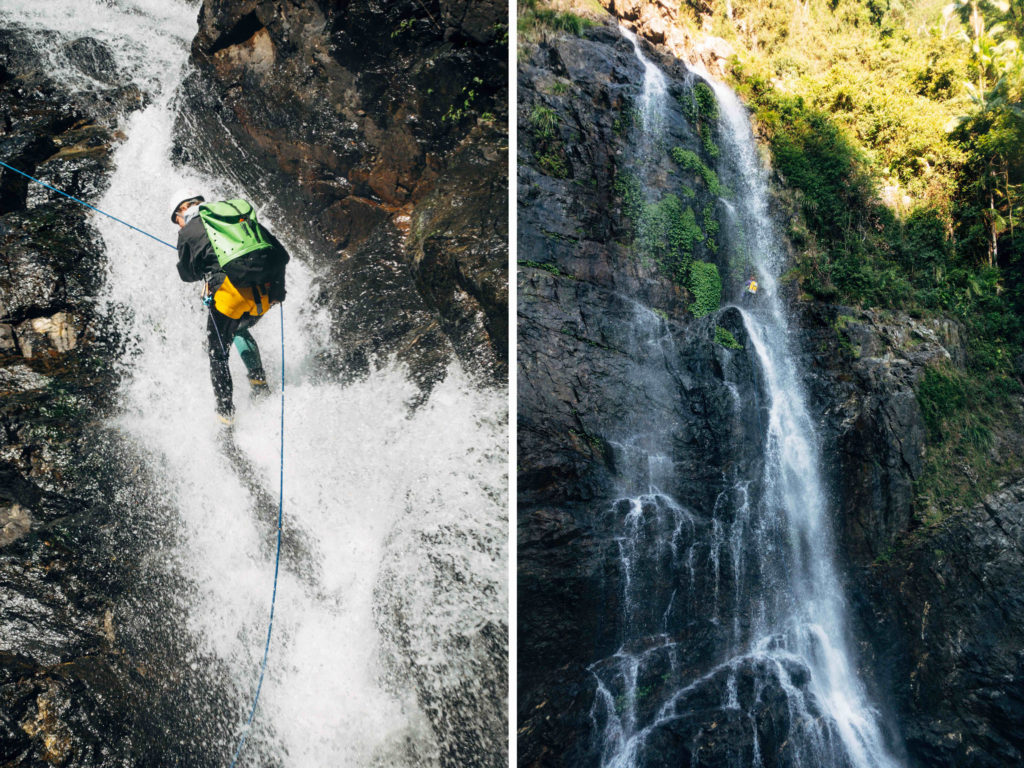Nicola, Nadav, Liam, Grace and I (Sid) spent a weekend up in Dorrigo (near Coffs Harbour), doing some whitewater canyoning practice before Nadav, Nicola and Liam head across the ditch for the 2020 NZ canyoning festival. It was a pretty enthusiastic schedule for a weekend - Grace and I arrived at 1am, and the others at 3am.
We planned to do two canyons; Rosewood on Saturday afternoon, and Gleniffer Falls on Sunday. Rosewood access is a simple loop walking track, but Glennifer requires a car shuffle (1.5hrs each way) so we left our bottom car on Saturday morning, expecting to pick it up Sunday afternoon and complete the 3hr return drive to get the top car.
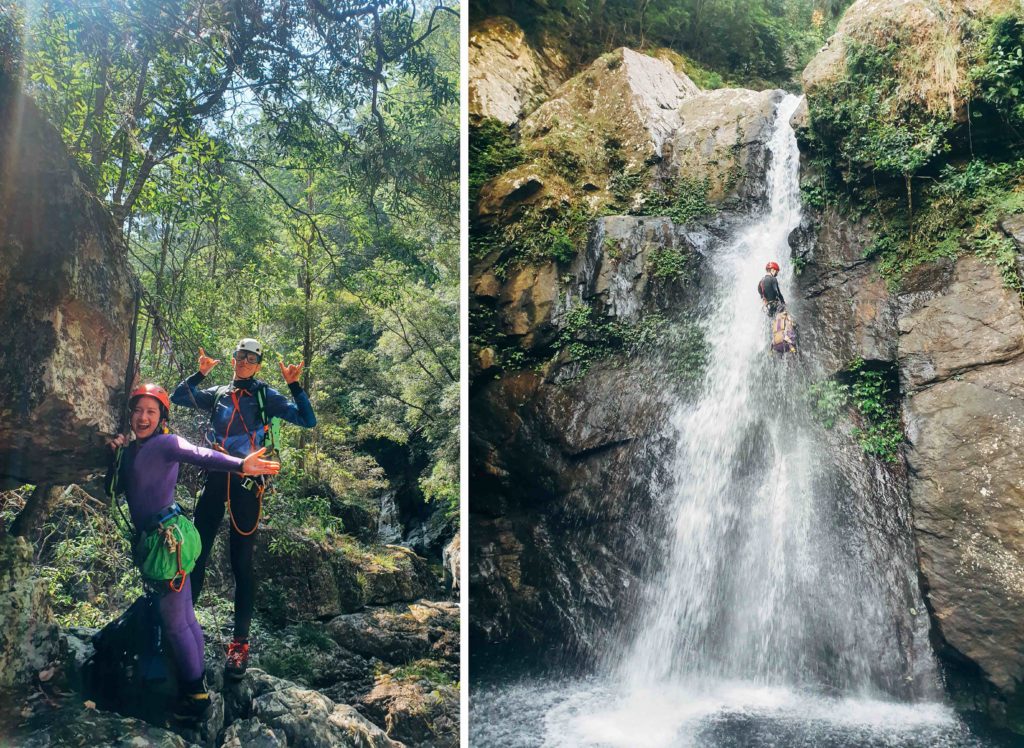
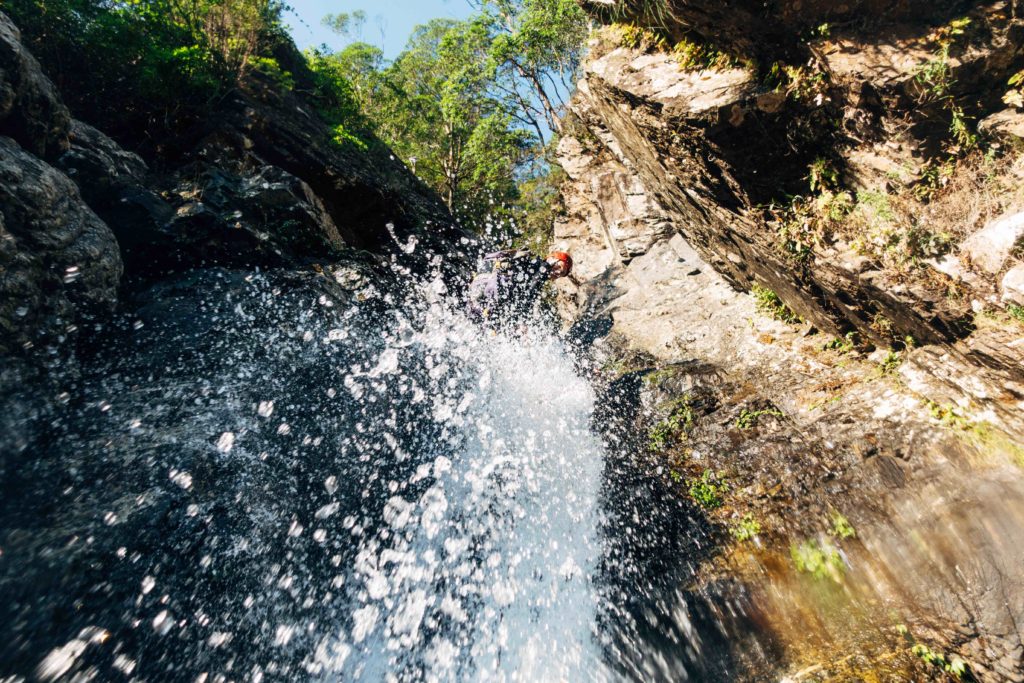
We descended Rosewood on Saturday in mid-to-low flow conditions and had a great time, camping out in Dorrigo NP that night.
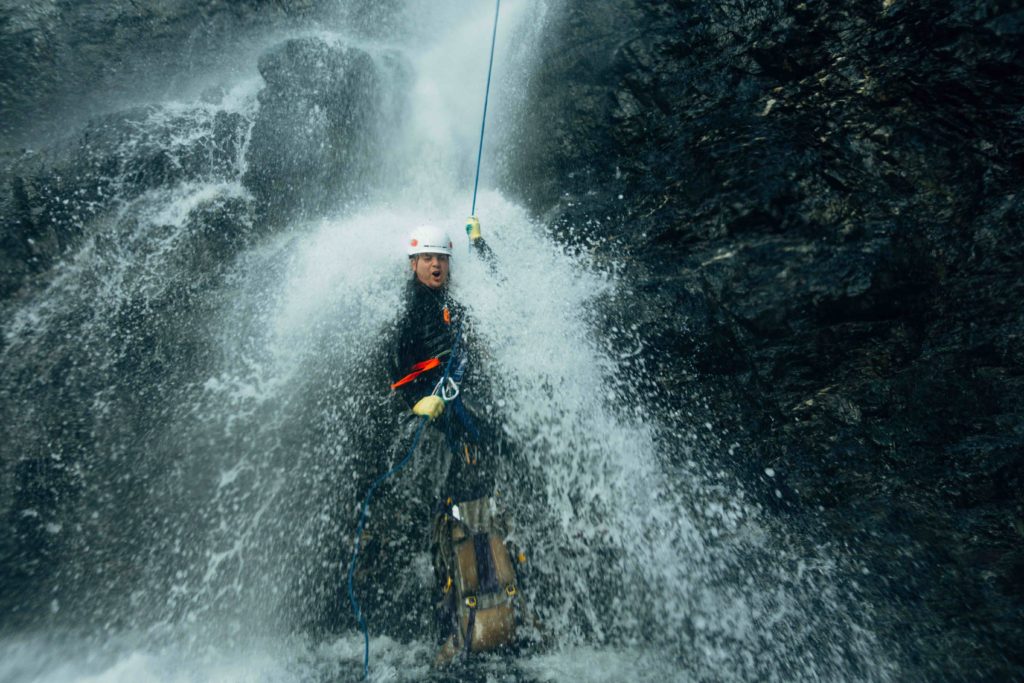
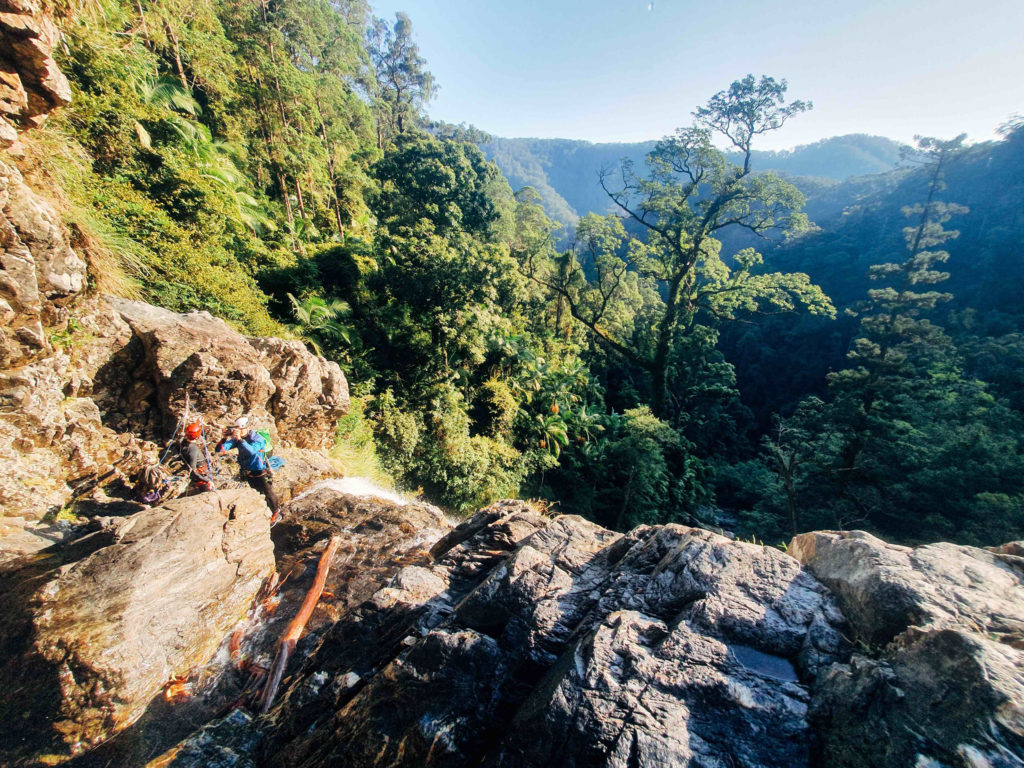
Sunday’s plan was to descend Glennifer Falls, a significant canyon I was fortunate enough to re-establish and bolt with some mates earlier this year. This canyon is the hardest I have done in Australia, and is a serious undertaking. The main slot drops 350m in about the same horizontal distance, with 14 pumpy abseils of up to 80m, recirculating hydraulics, extremely sharp rope-cutting edges and no possibility of escape once committed to the main slot. The rock doesn't allow for natural anchor placements and there had been a few serious flood events since the last known descent, so we went into the canyon equipped to re-bolt every drop.
After the huge drive the night before, our 5:50AM alarm wasn't very welcome, and the group wasn’t particularly efficient at packing or getting ready. By 9am, we had driven our car to the top spot (~1hr from the campsite) and were walking in. The entry requires 2km of off-track bushbashing, followed by 3km of creek walking. This took us 3hrs, much longer than expected, and we arrived at the top of the falls at 12pm.
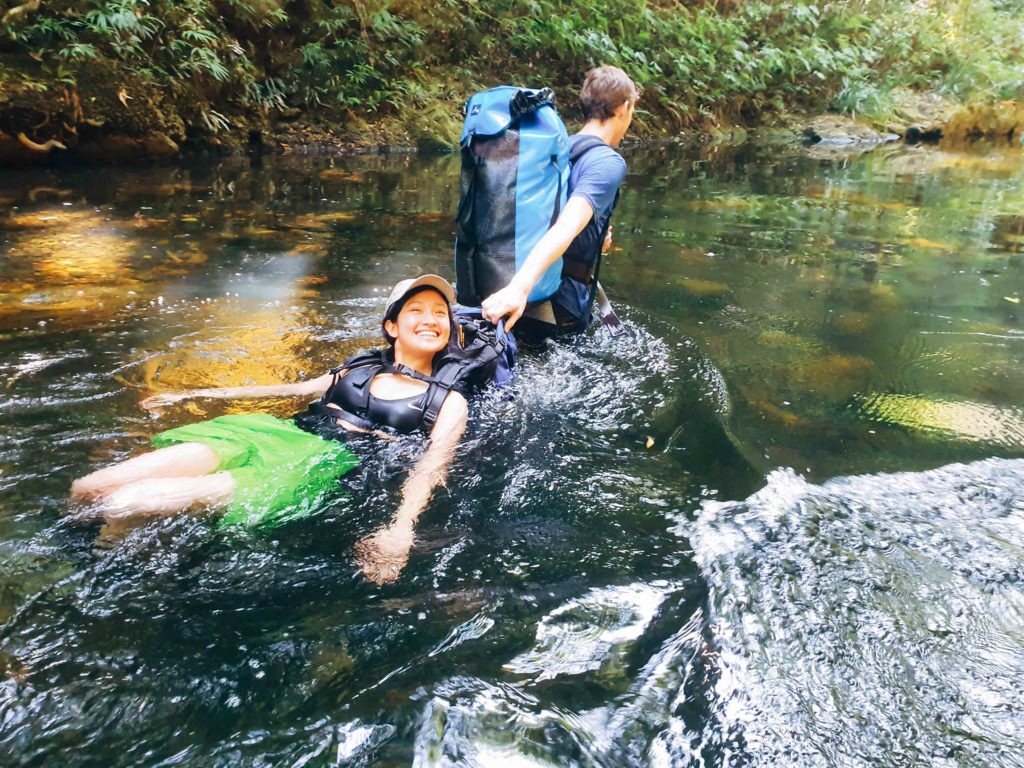
The actual canyon went fairly smoothly, with no major slip-ups - and while we were slower than I would have liked, that was somewhat to be expected given the fairly high flow rate - especially as the water level picked up at the more technical section of the canyon.
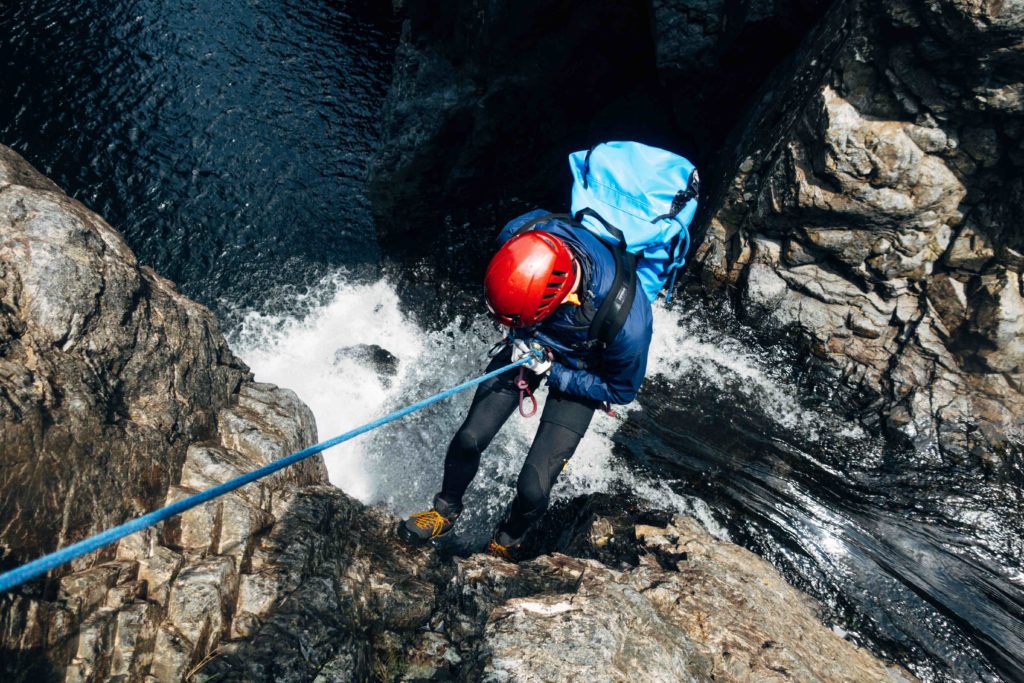
We leapfrogged abseils effectively, rigging and de-rigging in teams of two and Nicola and Liam were able to practice a bunch of releasable SRT, water hazard and rope management techniques.
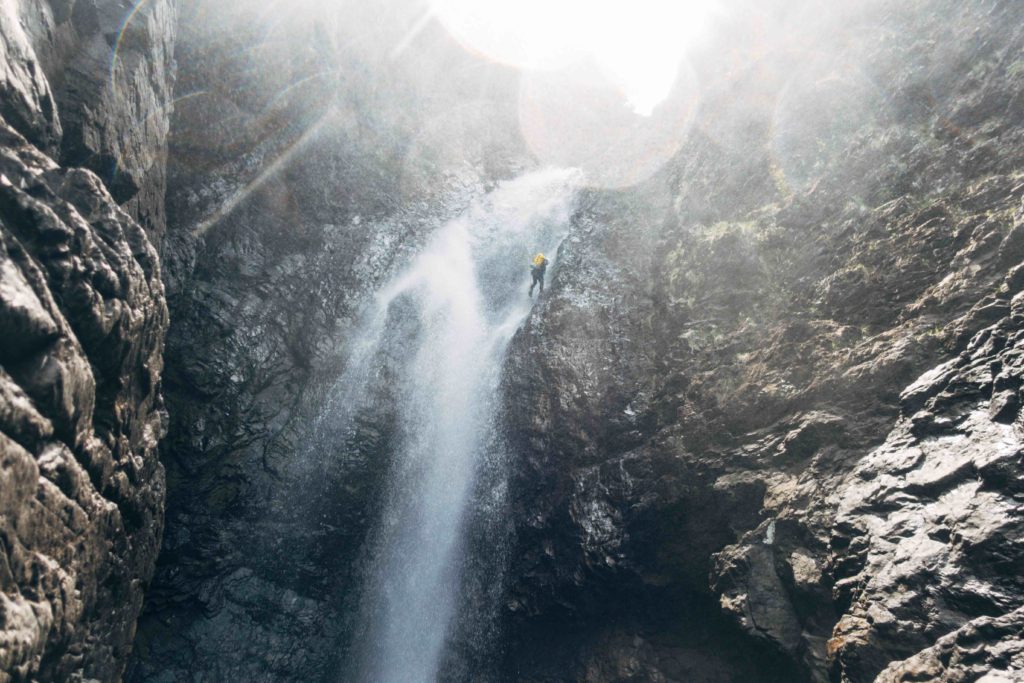
The only technical issue was some difficulty with Nadav's brand new 80m Imlay 9.2mm rope becoming dangerously knotted and twisted on a technical 70m abseil, at several points trapping me in heavy flow with a knot below my descender. We rigged all abseils single strand and top-releasable, so some frantic waterlogged whistle blasts signalled to Nadav that he needed to drop the rope, and quick! Once I had escaped the worst of the flow, I could ascend, lock off, and fix the twisted rope.
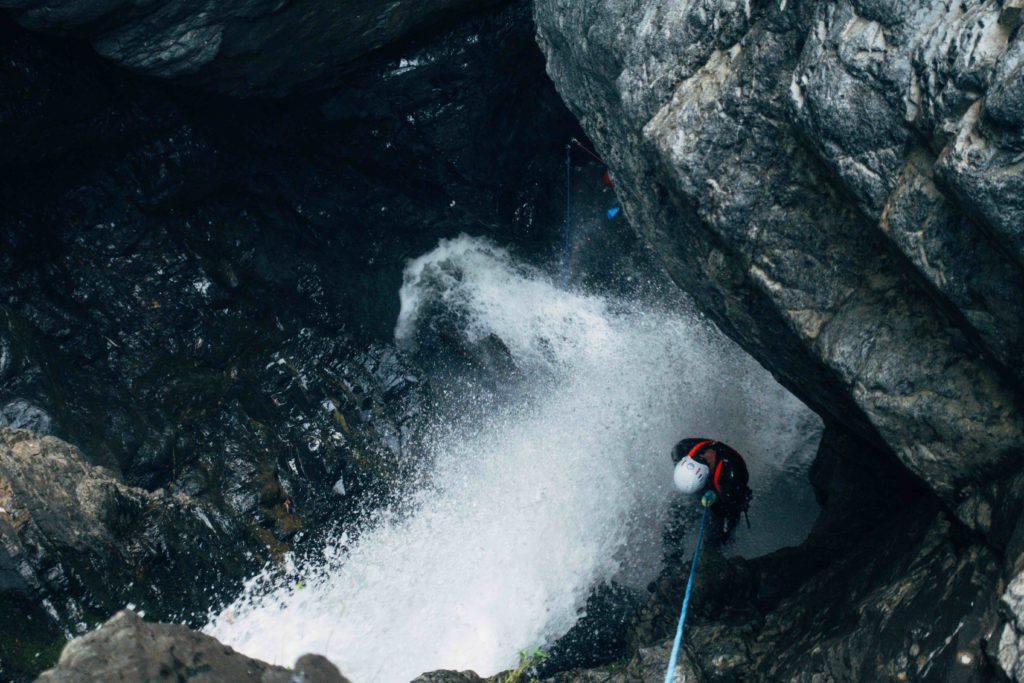
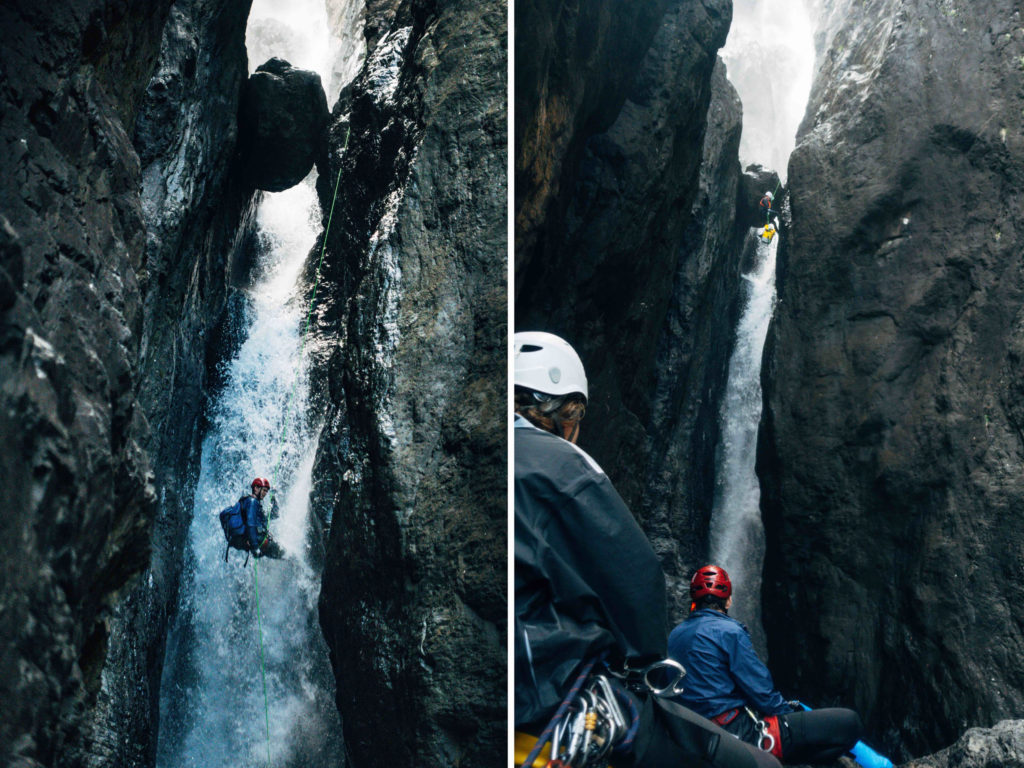
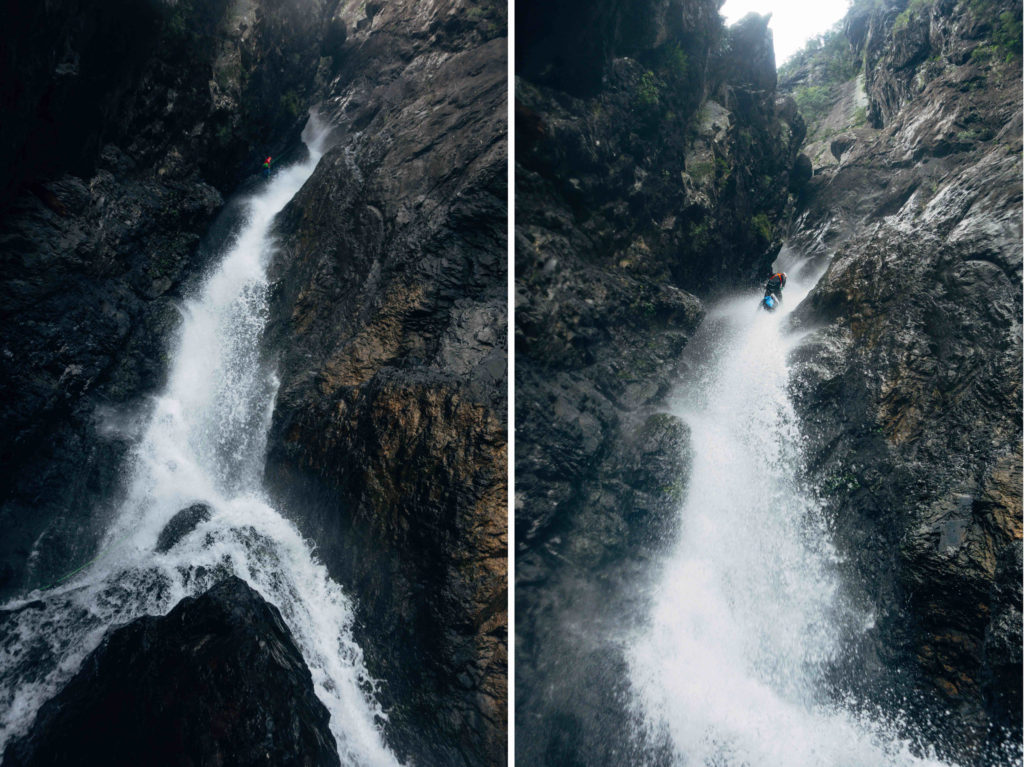
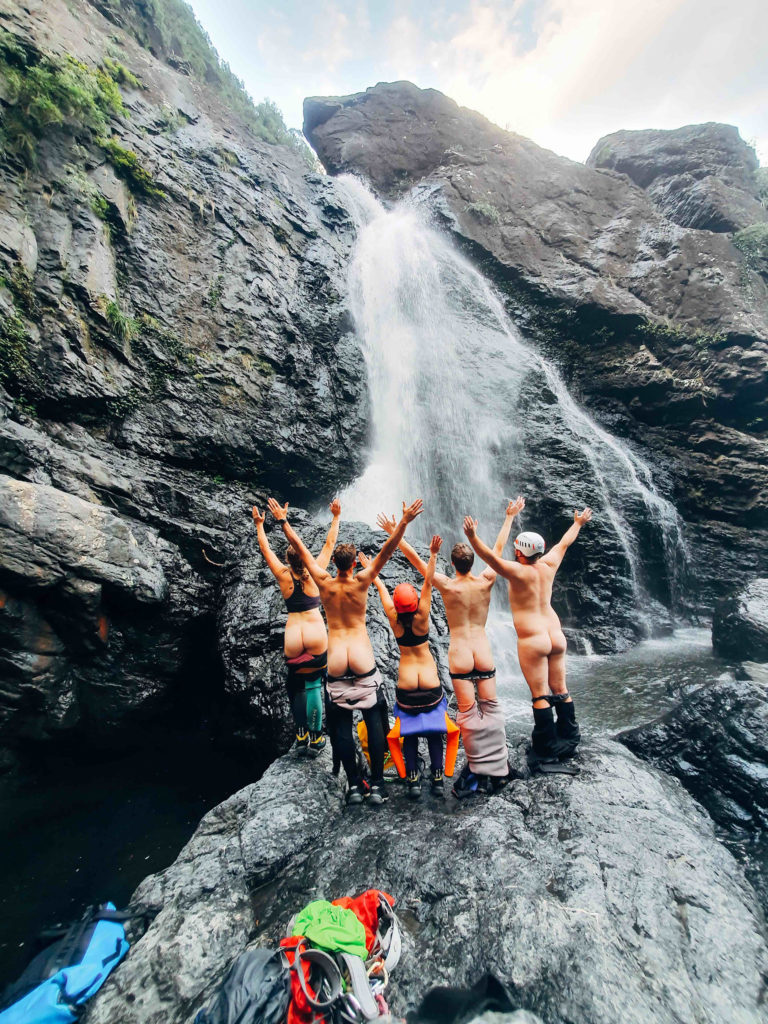
By the time we had finished the 14x abseils, it was 7PM and we still had 5km of difficult creek walking, navigating a maze of house-sized boulders, swims and impassable drops. We headlamped up and committed to a slow walk out. After navigating the worst of the boulder maze, with 4.5km left to go (8PM), we decided that Liam and I, as the fastest, should split off, get to our bottom car and reception to alert our emergency contacts that we were ok; no injuries; just slow.
Both groups had a phone with offline topo maps, a first aid kid, and a registered PLB.
Liam and I reached the bottom car at 10:15PM. By this time, our emergency contact had arranged for someone to start walking in from the bottom of the creek, and we met him about 500m from the car. Liam and I drove out to reception and alerted our emergency contact (as well as everyone we could) soon afterwards.
We picked up some snacks and beer from the mate's farm, then returned to grab Grace, Nicola and Nadav at 11:50PM.
All-in-all, a 15hr day car to car - or 18hrs if you count from when we woke up and started preparing.
Lessons:
- Creek walking is a critical part of canyoning, and in my experience of leading UNSWOC and trips with friends, is often where trips tend to blow out time-wise. You're only as fast as the slowest group member - this is even more apparent in whitewater canyons, where team tactics are important for safely navigating hazards.
- Carefully consider your emergency contact. SES and Police Rescue on the Mid-North Coast are nowhere near as experienced at vertical rescue as their Blueys counterparts, so we had made the intentional choice to alert an experienced, trained, rescue-capable canyoner in Coffs Harbour about our plans.
However, we had not told family members about this choice, so when they hadn't heard from us, they alerted local police as well as spreading messages far and wide to work out what had happened. (Including a good number of people in UNSWOC!)
If we had given them our friend's number, we could have had a far more centralised source of information and would likely worried many less people! - Having a Garmin inReach would have very quickly solved our problem. They're pricey and the ongoing subscription is a stitch-up, but I think I'll be keeping an eye out for any secondhand or sale ones over the next little while...
- There's a lot of value in having 2x emergency kits (PLB, First Aid, Emergency Bivy) if you do need to split your group.
- When purchasing new static ropes, rinse them, then run them through a figure 8 a number of times to bind the sheath to the core and minimise knotting/twisting. Nadav and I were both placed at significant, avoidable risk by not having done this.
- Finally, and most importantly, I should have reconsidered our timing, knowing that we only reached the top of the falls at 12pm. At the time, I didn't really consider bailing an option - but in hindsight, we could have reversed the top creek walk and scramble back up to our car. It wouldn't have been fun, but was definitely achievable.
At the end of the (very long, 15hr) day... We had an absolutely amazing time and got to do one of Australia's best canyons in perfect conditions. We were safe, technically capable and had no injuries or issues with gear.
Small delays at a number of points throughout the day ultimately caused a massive blow-out in time - and while none of us regret the day, the stress we caused to family and the huge circle of friends who got roped into the search is definitely the most unfortunate aspect of it all! Thanks once again to everyone who checked in on us, we felt very looked-after.
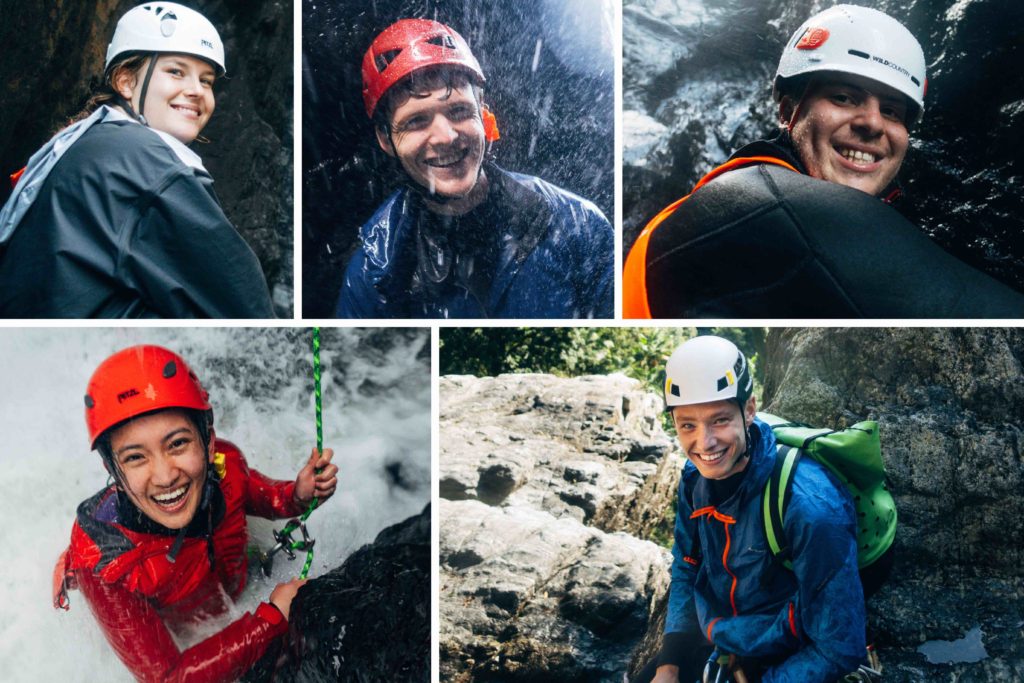
All photos by Sid Tinney, unless otherwise noted.




